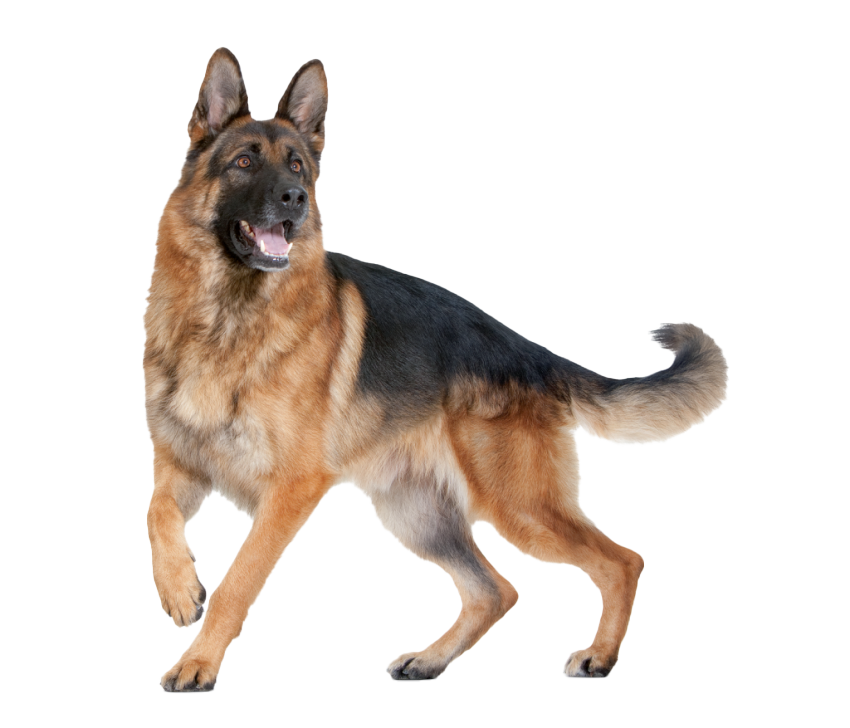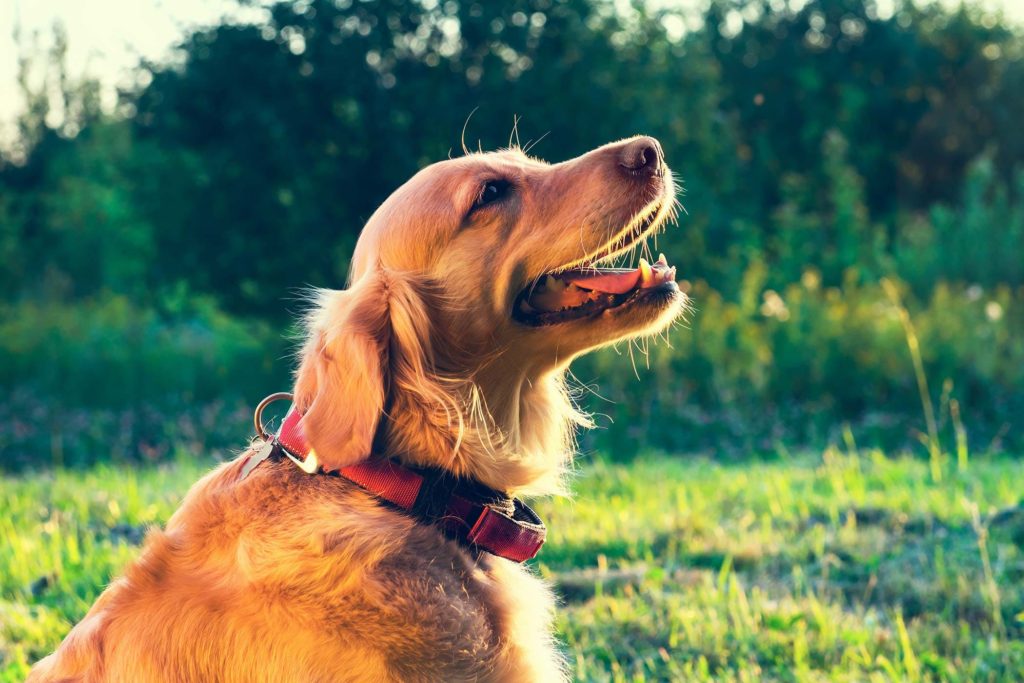Common Signs of Arthritis in Dogs
common signs of arthritis in dogs


Osteoarthritis is a common condition seen in senior dogs and some larger breeds that are prone to it. Arthritis affects dogs much in the same way it does humans. The ailment causes changes in the affected joints that can be incredibly uncomfortable for your dog.
While arthritis can occur in any joint, the shoulders, hips, elbows, and knees are most commonly affected. It can be caused by continuous wear and tear, an injury, genetics, or disease. If you notice any of the following symptoms and suspect that your dog may suffer from the condition, make an appointment with your local vet to discuss treatment.
Signs you should look for
Disinclination Toward Movement
You may notice that your dog is becoming increasingly reluctant to get up and do things that they previously enjoyed doing. Perhaps your good boy used to launch into the car the second you say PARK! But now they don’t get so excited anymore.
You may notice your dog has a hard time going up or down the stairs or getting up on the couch. Is your once way-too-spirited doggo no longer interested in running and playing outside? Maybe lagging behind on walks? Pay attention to these subtle changes; arthritis could be the culprit.
Depending on the affected joints, watch out for limping. You may see your pet favoring one or more legs over the others. In some cases, if the spine is impaired, your pet may even experience lameness in any hind legs. Your dog may experience stiffness when getting up or down that seems to go away after they have moved a bit.
Limping
yelping when petted
Inflammation in the joints can make the affected areas very sensitive to touch. If you notice your dog refuses your touch and affection or, worse, cries out in pain when you pet them, you may have just located the problem area.
Arthritic dogs with advanced cases don’t want to be bothered. Your dog may spend more time in solitude or stop following you around completely. Their behavior may change, and you find they aren’t right down for the routine walk or playtime at the park.
changed behavior
excessive licking and chewing
An arthritic pet pays special attention to aching joints. You may notice your dog licking or chewing on one particular spot, even to the point of hair loss and irritated skin in the area.
Your dog may need you more than ever
Your old pooch isn’t getting any younger. Stay a step ahead of any potential health complications in your dog with increased wellness visits at your local vet. Be open to gaining a better understanding of your pet’s overall health.
